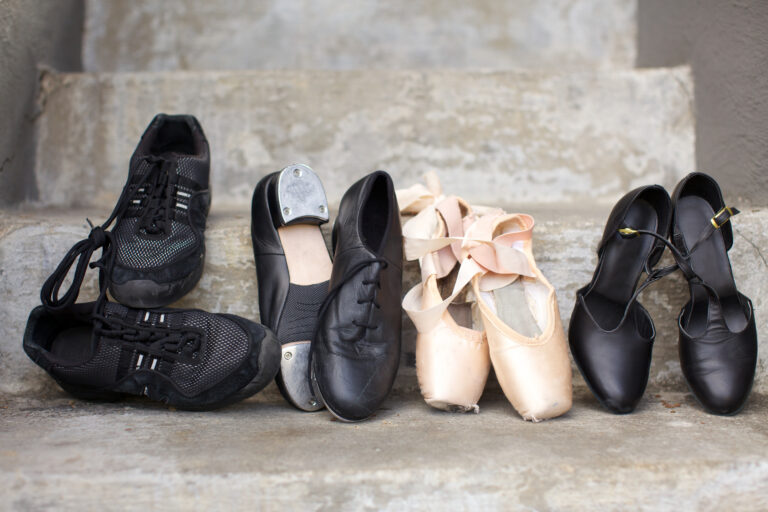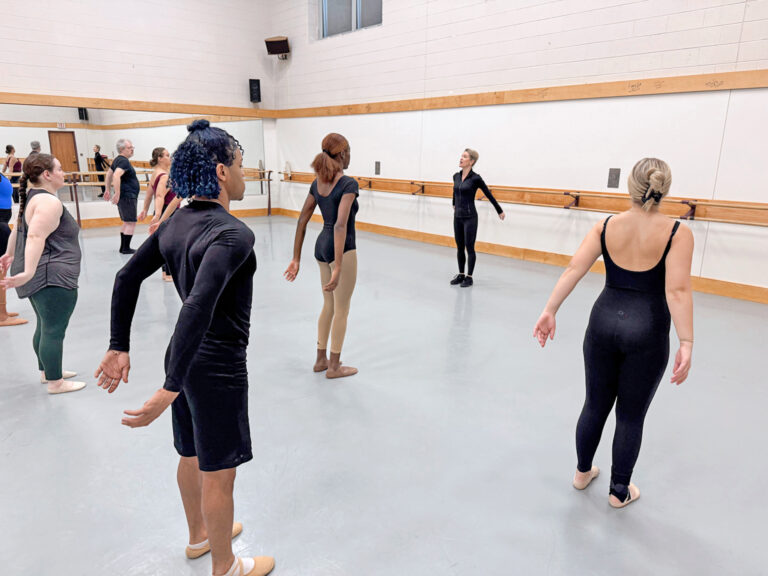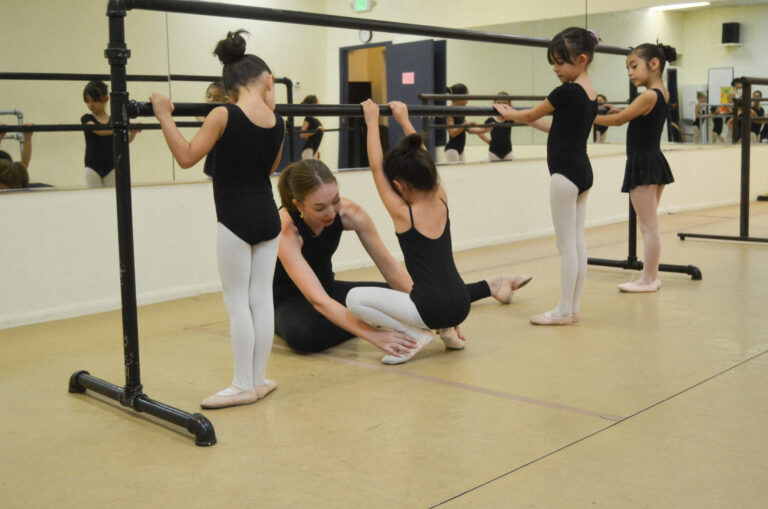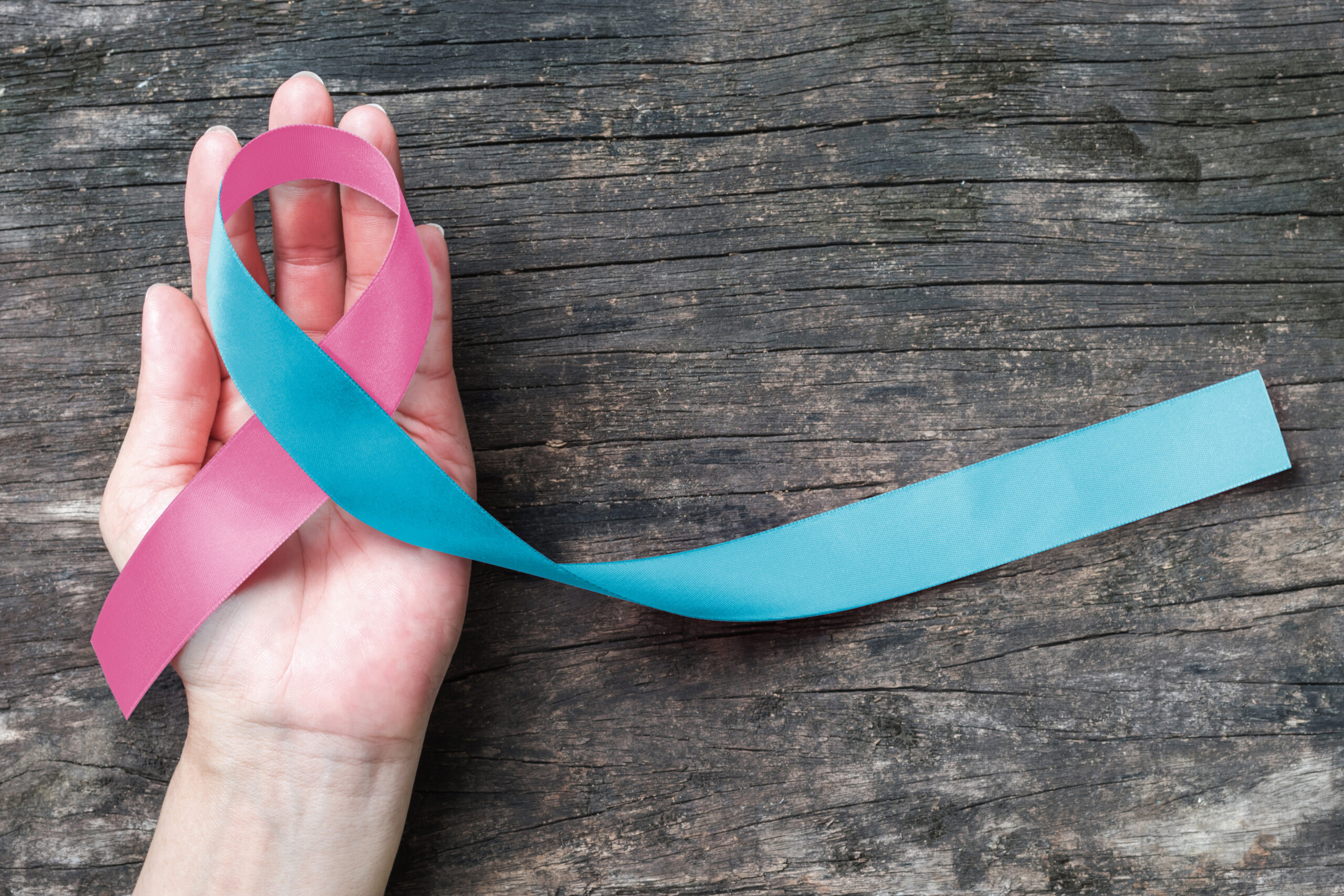

As both a dancer and a professor of dance, I have been training my body to do what I want since I was a child. When I found out I was pregnant, carrying a baby was something I expected to do effortlessly, like landing a tour jeté. But despite an intense focus on nutrition and fitness, I experienced not one but four consecutive miscarriages. My trust in the strength of my body—the very foundation on which my teaching philosophy was built—crumbled, and for the first time in my life, I felt completely ashamed of it.
After each miscarriage, I was unable to return to teaching dance with the fullness my heart carried so easily before. I felt completely detached and questioned how I could help other dancers feel empowered in their bodies when I felt so disempowered myself. I longed for support but felt alone despite being surrounded by friends in the dance community.
Like most dance teachers, I felt the need to “leave [everything] at the door” and keep teaching with a joyful façade. But I struggled—because in my lifetime of dance pedagogy, no one has ever discussed how to teach after losing an unborn child, or even how to open up about it to others. I even struggled to tell my employer that I would be unable to teach for a week. The first time I called in sick. The last time I said there was a death in the family. I was never able to utter the word “miscarriage.”
Offering and Receiving Support
I suspected the dance community must be filled with women similarly affected by the trauma of miscarriage and looking for support. I didn’t look far before connecting with Julie LaMancuso Keilman, an experienced teacher, choreographer, and national tour director of the American Dance Awards.

Keilman lost her first pregnancy at 12 weeks, a week before she planned to announce it publicly. Describing the awkwardness of communicating her trauma, Keilman’s voice cracked as she said, “My husband told my mom I was pregnant and that I lost our baby in the same message.”
Although Keilman returned to an intense travel and work life two weeks after her miscarriage, thinking the busyness of work would be beneficial, she discovered that in cognitively blocking her emotions when teaching, they manifested themselves in her body. “I had a lot of anger and resentment in my body, and I hated moving,” she admits. “The busyness of the day felt good until I was alone in my hotel room. I felt empty. I would call my husband and just break down. I needed time to heal but didn’t know how to take it.”
There’s still a layer of stigma and shame associated with miscarriage that makes it difficult for employees to share with their employers. But when 20% of pregnancies end in miscarriage, how can it still be such a taboo conversation?”
Prioritizing Health and Well-Being
Alexandra Salerno, a former professional dancer and currently a licensed professional counselor who specializes in mental health, sports performance, and eating disorders, is all too familiar with how dancers and teachers can often put their mental health on the back burner. “We were taught to ‘leave it at the door’ and work despite injury. But these practices are not sustainable and have brought me into the work I am in today,” she says. “Therapy is a marathon, not a sprint. There is no timeline for grief. The goal is to work through the grief, however long that takes.”

An intake session with Salerno includes assessing where you are in the grieving process and customizing an action plan. She then teaches you the skills to identify your feelings and individualized tools to manage them. “My goal is to get people back into their lives,” she says. “I am happy when they don’t need me anymore.”
In addition to counseling, Salerno also suggests having a trauma-informed yoga practice, saying that “it can be largely beneficial to explore a movement practice that is different from your job as a way to re-engage with your body.” In my own experience, the lack of movement was just what I needed, and I found the forced stillness of acupuncture to be healing.
Salerno also highlights the importance of nutrition during the post-miscarriage phase. “It’s so important to continue to nourish your body and keep to a routine as best as you can,” she explains. “You need to keep your stamina up whenever you’re in a job that is physically demanding. Dancers love to be busy, but you have to take time to heal.”
Reflections and Returning to Teaching
Keilman advises pregnant women to open up to a few people right away rather than waiting until the suggested second-trimester mark: “That way in the event of a miscarriage, you [already] have an immediate support group,” she says, adding, “Don’t make yourself irreplaceable. Equip people you trust to help you. Prepare people to take over for you if you ever need to step out for an emergency.”
One may be able to continue working despite feeling fatigued and disengaged after experiencing a miscarriage, but if the emotional trauma is left unaddressed, depression is likely to develop.
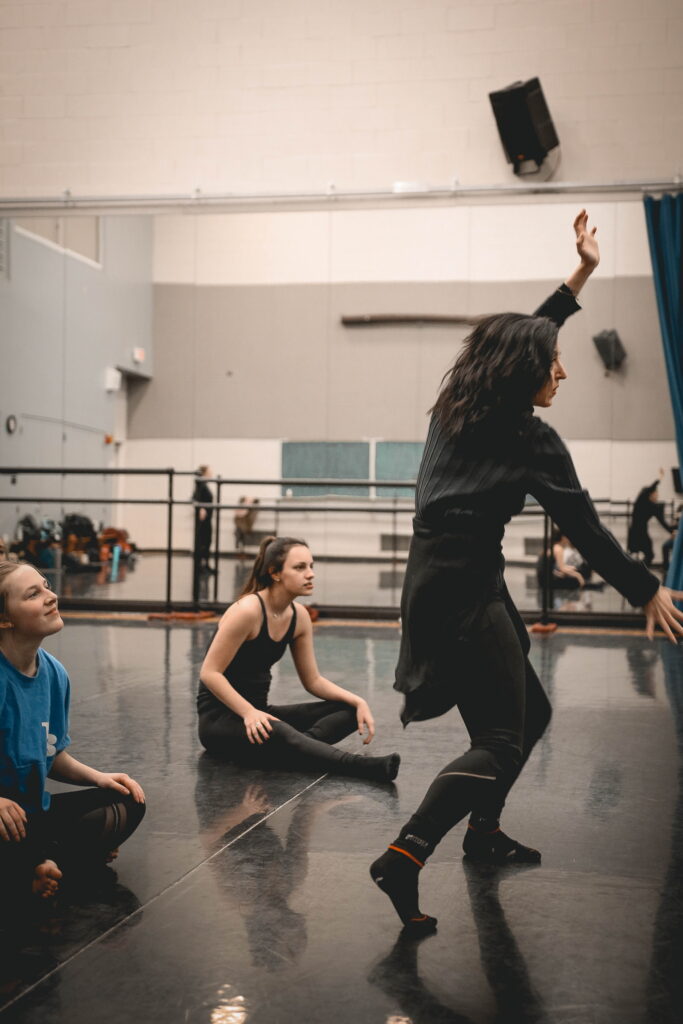
Salerno notes that warning signs of depression include “extreme fatigue, irritability, and withdrawal from activities and people.” “It is best to beat these symptoms at the helm, and not be afraid to request time off, have your support system in place, and, more importantly, face the grief,” she says.
Remember: There will inevitably be a new normal to your routine in the wake of a miscarriage. Your body will feel different, and your heart will never quite be the same. But you are not alone.

